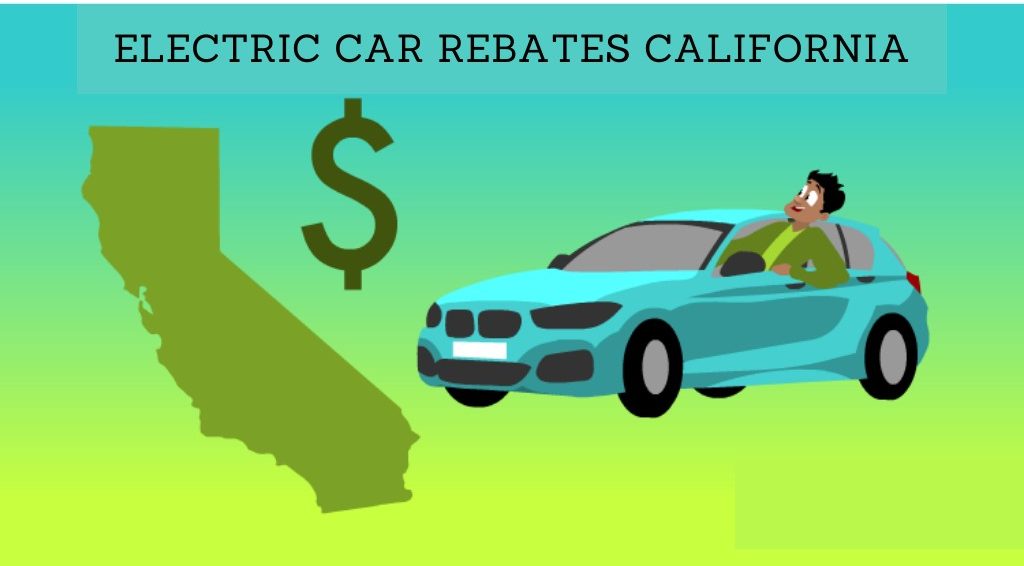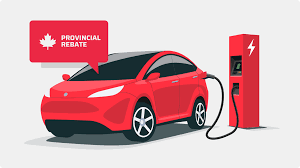Electric car rebates are a significant factor in the growing adoption of electric vehicles (EVs), providing financial incentives to reduce the upfront cost of purchasing or leasing these environmentally friendly cars. These rebates, often offered by government agencies, utilities, or other organizations, aim to make EVs more affordable and encourage consumers to choose greener transportation options. The primary goal of these rebates is to support the transition away from fossil fuel-powered vehicles, which contribute to air pollution and climate change. By lowering the initial cost barrier, electric car rebates play a crucial role in increasing the accessibility and attractiveness of EVs to a broader audience.

Government incentives for electric vehicles can vary widely depending on the country, state, or region. For instance, in the United States, federal tax credits can offer up to $7,500 off the purchase price of a new electric car, though the exact amount can depend on factors such as the battery capacity and the manufacturer. Additionally, some states and local governments offer their own rebates or incentives, which can further reduce the cost. These incentives often come in the form of direct rebates, tax credits, or even grants, and they are designed to offset the higher upfront costs associated with electric vehicles compared to traditional internal combustion engine cars.
Electric car rebates are not only about financial savings but also about supporting a larger environmental and economic strategy. By encouraging the use of EVs, these rebates help reduce greenhouse gas emissions and decrease reliance on fossil fuels. This shift has substantial benefits for the environment, including improved air quality and reduced carbon footprint. Moreover, the promotion of electric vehicles can stimulate job creation in the green technology sector, from manufacturing to infrastructure development such as charging stations.
The impact of electric car rebates can also be seen in the broader automotive market. As more consumers take advantage of these incentives, the demand for electric vehicles increases, prompting automakers to invest more in EV technology and innovation. This can lead to a greater variety of electric models, improved battery technology, and more affordable options for consumers. As the market for electric vehicles grows, the economies of scale can further drive down costs, making EVs an increasingly viable option for more people.
In addition to federal and state rebates, many utility companies offer incentives for electric vehicle owners. These can include rebates for installing home charging equipment, reduced electricity rates for EV charging, or even discounts on vehicle purchases. Such utility-based programs are designed to support the adoption of electric vehicles while managing the increased demand on the power grid that comes with widespread EV use. By providing these additional incentives, utilities can encourage more customers to make the switch to electric vehicles and support a more sustainable energy future.
While electric car rebates have proven effective in boosting EV adoption, it’s important for consumers to stay informed about the specific programs available in their area. Rebate programs can have different eligibility criteria, application processes, and deadlines. For example, some rebates may only apply to certain models or require that the vehicle be purchased or leased through specific channels. It’s also worth noting that rebate programs can change or end as new policies are introduced or as funding is exhausted, so staying updated on the latest information is crucial for those considering an electric vehicle.
In summary, electric car rebates are a key component in the effort to promote electric vehicles and advance environmental sustainability. By providing financial incentives, these rebates help lower the cost barrier for consumers, encourage the adoption of cleaner transportation options, and contribute to broader environmental and economic benefits. As more regions implement and expand rebate programs, and as technology and infrastructure continue to evolve, the role of these incentives will likely grow in importance, further supporting the transition to a more sustainable automotive future.


















hey there and thank you for your information – I’ve certainly picked up something new from right here. I did however expertise some technical points using this web site, since I experienced to reload the site a lot of times previous to I could get it to load correctly. I had been wondering if your hosting is OK? Not that I’m complaining, but sluggish loading instances times will often affect your placement in google and can damage your high quality score if advertising and marketing with Adwords. Well I am adding this RSS to my e-mail and can look out for much more of your respective interesting content. Make sure you update this again soon..
Thanks a bunch for sharing this with all of us you actually know what you are talking about! Bookmarked. Please also visit my site =). We could have a link exchange contract between us!